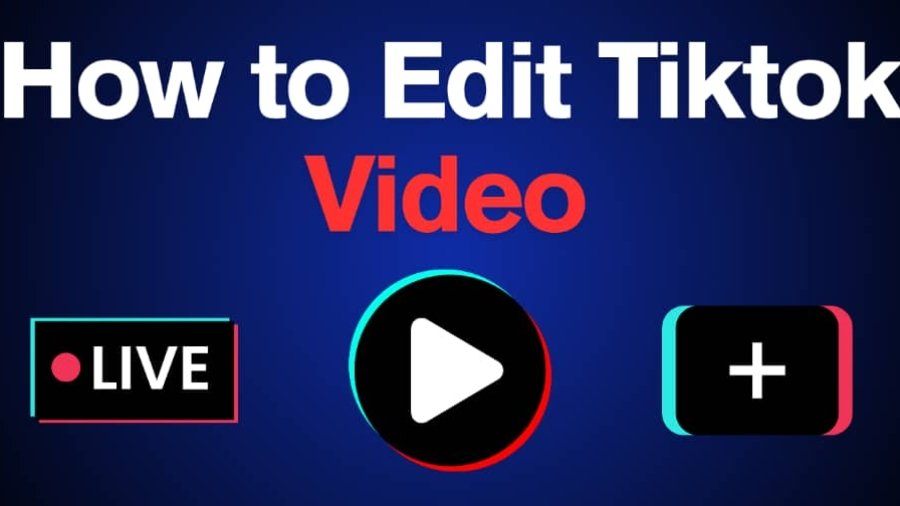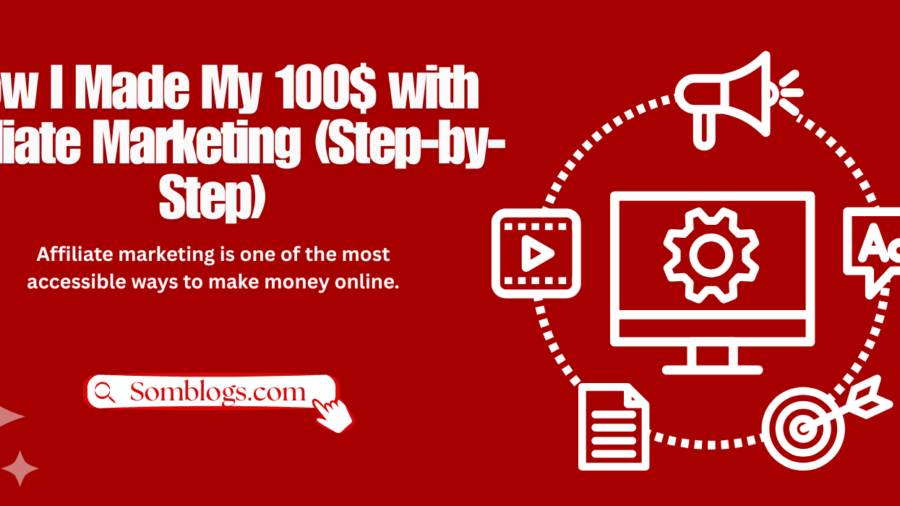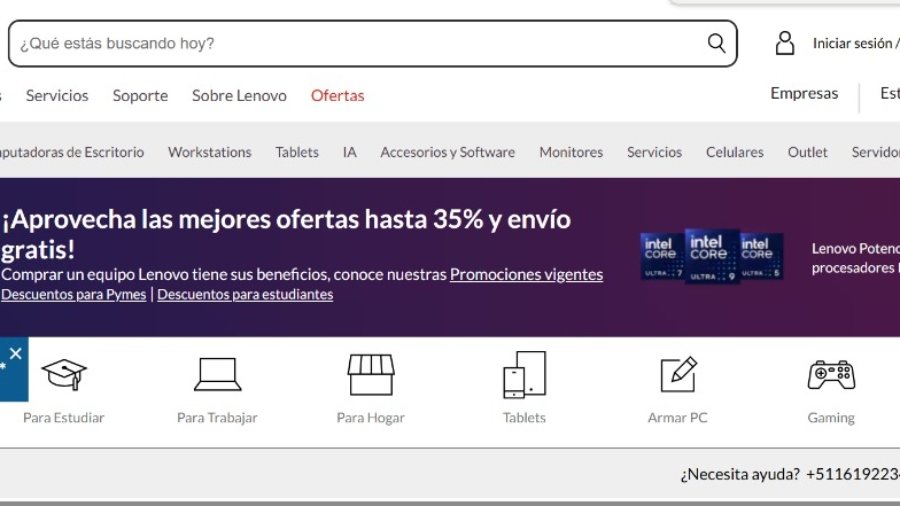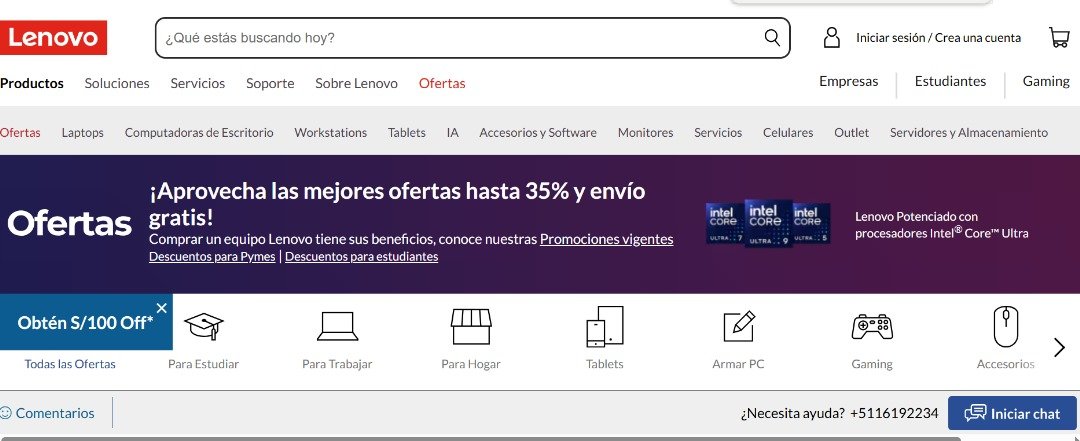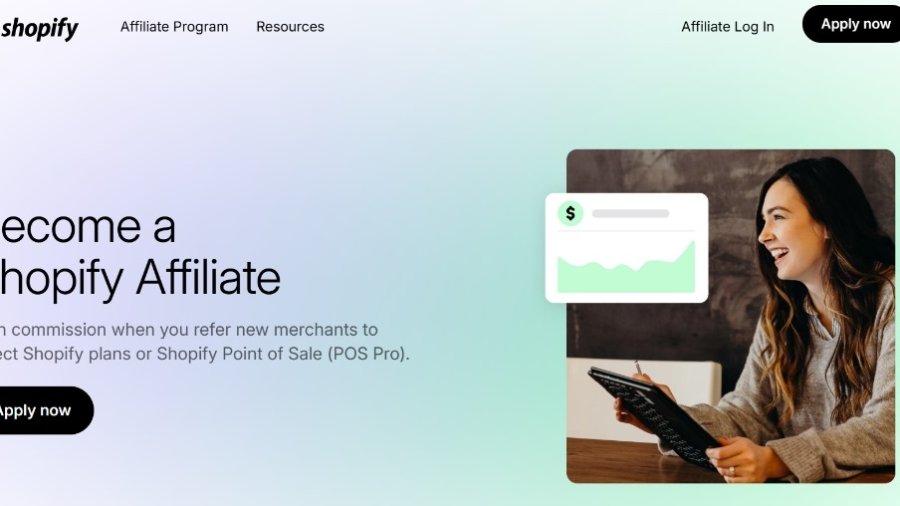In today’s fast-paced digital world, Ai Content creation is at the heart of online marketing, and keeping up with the demand for fresh, engaging material can be a challenge. Thankfully, AI-powered tools are making it easier for marketers and content creators to generate high-quality content quickly and efficiently. Among the best in the industry, Ryter, Anyword, Copy AI, Copymatric, Seowriting AI, and Outranking IO stand out due to their powerful capabilities and user-friendly interfaces.
These tools are designed to make content creation faster and more effective, from blog posts to social media updates. Let’s dive deeper into the features of each one and how they can benefit you.
Ryter- Ai Content
Ryter is an AI-powered content generation tool designed to simplify the process of creating high-quality, engaging content. It uses advanced natural language processing to craft content that meets your specific needs, whether it’s a blog post, social media update, or marketing copy. With a range of customizable templates and an intuitive interface, Ryter ensures that anyone can easily generate content that is both grammatically correct and highly relevant.
Natural Language Processing for High-Quality Content
What It Does: Ryter uses advanced natural language processing (NLP) technology to analyze and generate content that is coherent, engaging, and contextually relevant. By understanding the nuances of language, it ensures that your content flows naturally and resonates with your audience.
Why It Matters: NLP allows Ryter to create content that not only reads well but also aligns with your specific goals. Whether you need to inform, entertain, or persuade, the content generated by Ryter will speak to your audience in a clear and engaging way.
Customizable Templates for Diverse Content Needs
What It Does: Ryter provides a variety of customizable templates designed to fit different types of content—whether it’s for a blog post, social media update, email newsletter, or marketing copy. These templates help you get started quickly and ensure that your content meets specific format requirements.
Why It Matters: Having templates that suit different content types helps streamline the writing process. You can focus more on the message you want to convey and less on the structure, knowing that Ryter will handle the formatting and style.
Intuitive, User-Friendly Interface
What It Does: Ryter features an easy-to-use interface that makes content creation accessible to both experienced writers and beginners. The platform is designed to be simple and intuitive, so users can quickly start generating content without the need for a steep learning curve.
Why It Matters: An intuitive interface means you can focus on creating quality content rather than figuring out how to use complicated tools. This ease of use makes Ryter a valuable tool for anyone, regardless of their writing experience.
2. Anyword- Ai Content
Anyword takes content generation a step further by analyzing data from millions of successful marketing campaigns. This allows the platform to create copy that resonates with your target audience. The platform excels in generating persuasive, action-oriented content that can be used across various marketing materials. Whether you’re crafting email campaigns, landing pages, or ad copy, Anyword ensures your content is optimized for engagement and conversions.
Key Features of Anyword
Data-Driven Approach for Highly Persuasive Copy
Anyword leverages a data-driven approach to generate persuasive copy that resonates with your target audience. By analyzing vast amounts of data, it identifies the best language, tone, and structure that will capture attention and drive action. This ensures that every piece of content is optimized for maximum impact and engagement.
Customizable Templates for Marketing-Specific Content
Anyword provides a variety of customizable templates specifically designed for marketing needs. Whether you’re crafting ad copy, email campaigns, or social media posts, these templates make it easy to generate content that aligns with your brand and marketing goals. The flexibility of these templates ensures that your messaging remains consistent and effective across all platforms.
Optimized for Conversion and Audience Engagement
With a strong focus on conversion, Anyword’s AI algorithms optimize content to increase audience engagement and drive desired actions. Whether your goal is to generate leads, boost sales, or encourage sign-ups, Anyword helps you craft content that is fine-tuned to convert and keep your audience engaged.
These features make Anyword a powerful tool for marketers looking to create high-performance content that delivers measurable results.
3. Copy AI- Ai Content
For those looking to create SEO-optimized content, Copy AI is a top contender. The platform’s advanced algorithms analyze search engine trends, user behavior, and keywords to generate content that ranks highly in search engine results. Copy AI makes it easy to create blog posts, articles, and product descriptions that drive organic traffic and increase online visibility.
Key Features of Copy AI
SEO-Focused Content Generation for Higher Rankings
Copy AI is built with SEO in mind, helping you create content that’s optimized for search engines right from the start. Its AI-driven engine crafts copy that includes relevant keywords and follows SEO best practices, giving your content a better chance to rank higher on search engine results pages (SERPs).
Algorithm-Driven Insights on Trending Keywords and Search Behavior
By analyzing current trends and search behaviors, Copy AI provides intelligent suggestions for keywords and topics that are most likely to attract traffic. This ensures your content stays relevant and targeted, aligning with what your audience is actively searching for online.
Templates Specifically Designed for SEO Optimization
Copy AI offers a wide range of templates tailored to SEO-driven content creation—whether you’re writing blog posts, meta descriptions, or product pages. These templates help structure your content for maximum search visibility, making it easier to produce high-performing, keyword-rich content in less time.
These features make Copy AI an essential tool for businesses and creators who want to improve their SEO performance and drive more organic traffic to their websites
4. Copymatric: Ai Content
When you need to reach a global audience, Copymatric shines as an AI content generator with advanced multilingual capabilities. Whether you’re creating content for different regions or translating your existing content, Copymatric’s platform ensures your material resonates with readers worldwide. Its customizable templates and powerful translation features make it easy to produce content that speaks to diverse cultural backgrounds while maintaining quality.
Key Features of Copymatic
Multilingual Content Generation for Global Audiences
Copymatic enables you to create content in multiple languages, making it ideal for businesses aiming to connect with a global audience. Its AI is trained to understand linguistic nuances, ensuring that content feels natural and engaging, no matter the language.
Translation Capabilities for Expanding Reach
Beyond just writing in different languages, Copymatic offers accurate and context-aware translation tools. This allows you to repurpose existing content for new markets, helping you expand your brand’s reach and connect with international audiences more effectively.
User-Friendly Interface and Customizable Templates
Designed for ease of use, Copymatic’s intuitive interface allows users of all skill levels to quickly generate content. It also features a variety of customizable templates, tailored to different content needs—from blog posts and ads to product descriptions and more—streamlining your workflow and saving valuable time.
With these powerful features, Copymatic stands out as a versatile tool for brands looking to scale their content strategy across languages and markets.
5. Seowriting AI: Ai Content
SEO is a major factor in driving traffic and improving visibility, and Seowriting AI specializes in creating content that’s optimized for search engines. The platform uses sophisticated algorithms to analyze keyword trends, user intent, and search patterns, generating content that ranks high in search engine results. Whether you’re writing articles, blog posts, or product descriptions, Seowriting AI helps you stay ahead in the digital space.
Key Features of Seowriting AI
Content Optimized for Search Engine Ranking
Seowriting AI is specifically designed to generate content that meets the latest SEO standards. It ensures your articles, blog posts, and web pages are structured to rank well on search engines, incorporating best practices like keyword placement, readability, and meta optimization.
Deep Keyword Analysis for Better Visibility
With built-in keyword analysis tools, Seowriting AI helps you identify the most effective keywords for your niche. It goes beyond surface-level suggestions by offering insights into keyword difficulty, search volume, and relevance—giving your content a stronger chance of being discovered by your target audience.
Intuitive Interface and Customizable Templates for SEO Content
Seowriting AI combines powerful SEO tools with an easy-to-use interface. Its customizable templates are specifically built for SEO-focused content, making it simple to generate optimized content quickly and efficiently. Whether you’re an SEO expert or a beginner, the platform helps streamline your content creation process.
These features make Seowriting AI an excellent choice for anyone looking to boost their content’s visibility and drive organic traffic through smarter, SEO-optimized writing.
click here to get
6. Outranking IO: Ai Content
Outranking IO is the perfect tool for anyone looking to outperform competitors in search engine rankings. By analyzing competitor content and user behavior, Outranking IO’s advanced algorithms generate high-quality, engaging content that is more likely to capture the attention of both readers and search engines. With its customizable templates, users can easily craft content that stands out in a crowded digital space.
Key Features of Outranking IO
Competitor Analysis for Superior Content Generation
Outranking IO sets itself apart with powerful competitor analysis tools. It examines top-performing content in your niche to help you understand what works—and how to do it better. By analyzing competitors’ strategies, it guides you in creating content that outperforms them in both quality and SEO effectiveness.
Algorithms Focused on User Behavior and Engagement
The platform uses intelligent algorithms that prioritize user behavior metrics such as time on page, bounce rate, and engagement. This focus ensures your content is not only optimized for search engines but also crafted to keep readers engaged and drive meaningful interactions.
Easy-to-Use Interface with Customizable Templates
Outranking IO offers a clean, intuitive interface that makes it easy to create high-impact content. Its customizable templates are tailored to SEO, blog writing, and long-form content needs, allowing you to quickly generate optimized material without sacrificing quality or style.
With these robust features, Outranking IO empowers content creators and marketers to develop data-backed, engaging, and competitive content that performs across all metrics.
Conclusion – Ai Content
The digital landscape is changing, and AI content generators like Ryter, Anyword, Copy AI, Copymatric, Seowriting AI, and Outranking IO are at the forefront of this transformation. These tools help marketers and content creators quickly generate high-quality content tailored to their specific needs. Whether you need persuasive copy, SEO-friendly articles, or global content, these AI platforms provide the functionality you need to stay ahead of the competition.
As AI continues to evolve, it’s clear that content creation will never be the same. With these innovative tools, content creators can work smarter, not harder, making it easier than ever to produce content that resonates with audiences and drives results.


